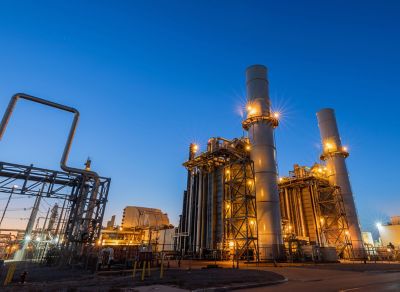- Our impact
- Environmental
- Social responsibility
- Governance
- Molecular recycling
- Plastic solutions
- Sustainability report
- Stories
- Contact us
- Home ...
- Sustainability
- Environmental
- Stewardship
- Water stewardship
Water stewardship
Enhancing global water stewardship
Water is vital to life on our planet. Eastman knows that effective, science-driven, ethical solutions to the climate crisis must include water stewardship. The Eastman Water Policy governs all Eastman businesses and owned or operated sites as well as majority-owned joint ventures or joint ventures where Eastman exercises operational control. Eastman is a signatory to the UN Global Compact and supports the UN Sustainable Development Goals Clean Water and Sanitation (SDG 6) and Life Below Water (SDG 14). We commit to following every element of our water policy to ensure we use and manage this precious resource with the greatest of care.
Informed by our water excellence team, our strategy ensures that we manage our global resources responsibly as it relates to water withdrawal, water discharges, water consumption and associated impacts from our manufacturing processes. We annually use the World Resources Institute (WRI) Aqueduct™ tool and the World Wildlife Fund (WWF) Water Risk Filter to identify sites in water-stressed regions and future water risks for all manufacturing sites. Sites are prioritized based on water stress and water withdrawal. Eastman then performs an American Chemistry Council (ACC) Water Body Risk Assessment (WBRA) on the top priority sites. In addition to the watershed risk assessment, the WBRA includes a source water assessment and an operational assessment.
Here are some examples of our progress:
- Eastman is participating in two projects with the National Alliance for Water Innovation (NAWI). The first project involves our manufacturing sites in Ghent, Belgium, and Springfield, Massachusetts. Those sites are participating in a project to achieve pipe parity — solutions and capabilities that use nontraditional water sources viable for end-use applications — by using energy efficient, cost-competitive technologies to treat and reuse water. In a second NAWI project, our Kingsport, Tennessee, site is participating in an effort to develop water treatment optimization software.
- Eastman performs company-wide water risk assessments. The three Eastman sites in Flanders in the northern region of Belgium are at high risk. The Blue Deal of Flanders aims to reduce the effect of drought in this water-stressed region. These sites are committed to the Blue Deal of Flanders and to reducing water consumption by reusing and recycling water. Eastman participates in a chemical industry work group that is preparing a quantitative water reduction proposal to the government.
Good stewardship and natural resource management are embedded in our corporate strategy. Water — and our strategy for how we use, reuse and conserve it — is a key element of natural resource management.







